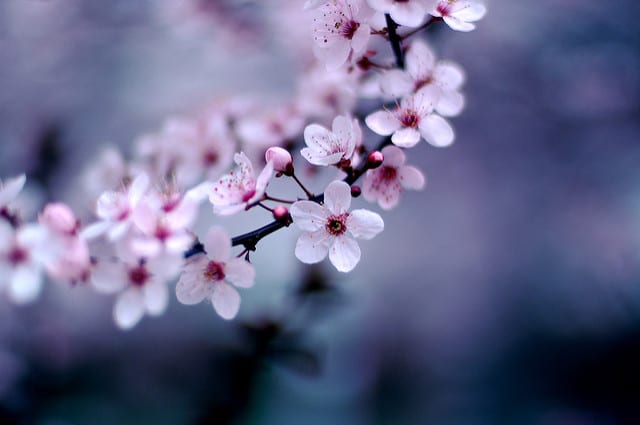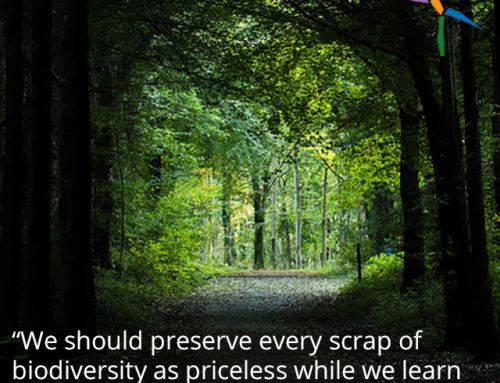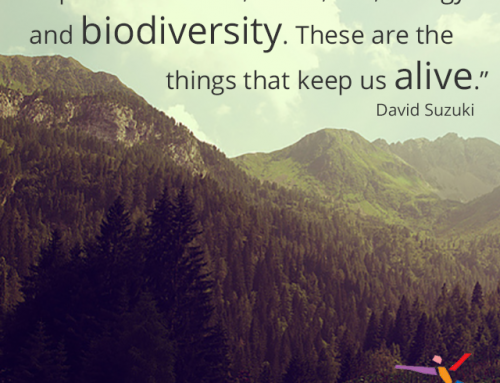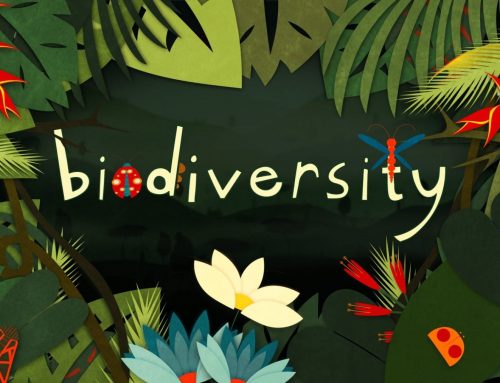Spring. By many’s estimation, it’s the most magical season of the year with its return of warmth and color and its promise of renewal. But increasingly, anecdotal tales of spring becoming shorter and shorter have started making the rounds, as well as speculation that climate change and global warming are to blame for the shortening of the gardener’s season. Is the idea that climate change is shortening spring fact or fiction or both? Today we’re taking a look.
Firstly, Spring is Getting Shorter Anyway!
It probably shouldn’t surprise you that the answer to this question regarding global warming and climate change and whether or not they make spring shorter is multi-faceted. After all, as a world, we can’t even seem to agree that climate change exists! But there are facts out there, and there is historical data.
The first interesting fact is that spring has been losing time to summer and autumn has been losing time to winter for many, many years already. And this has nothing to do with climate change, though it should make you feel great that you were not imagining it when you said that spring and fall felt like they were getting shorter each year. Spring starts at the exact moment of the vernal equinox, which is when the Earth’s axis reaches its halfway point and points neither directly at the sun (summer solstice) or directly away from the sun (winter solstice). And it ends on the summer solstice. But each year the summer solstice is happening about 30 seconds earlier, making spring gradually shorter and shorter by tiny amounts.
What’s the explanation? The Earth’s axis isn’t steady. It wobbles somewhat like a top. And that means that time factors can change. The entire schedule depends on the moment of the summer solstice, which is the official end to spring. And because of the wobbling, each year that moment is reached slightly earlier. So yes, you are seeing spring and autumn shorter, but not all of it has to do with climate change.
Some Say Climate Change Will Actually Make Spring Longer
When it comes to what changes to the length of spring will happen because of climate change, opinions are somewhat mixed. One school of thought says that the gradual (or not so gradual) warming will make winters shorter and therefore spring will come earlier and stay longer. In this scenario, the high emissions level that is expected to warm the planet by 2.6 degrees Celsius by the year 2100 would mean that spring will arrive an average of twenty-three days earlier per year. If you hate winter and love flowers, that sounds delightful. But it also has many drawbacks.
Lead author of the study for instance, Andrew Allstadt, said, “Our projections show that winter will be shorter — which sounds great for those of us in Wisconsin, but long distance migratory birds, for example, time their migration based on day length in their winter range. They may arrive in their breeding ground to find that the plant resources that they require are already gone.”
It probably isn’t surprising that such a dramatic change in the length of spring would have such a large impact on the planet’s balance, but we had a moment of surprise nonetheless.
So, An Earlier Spring Means a Longer Spring, Right?
Not necessarily. Remember that everything is happening at once, not as individual scenarios. Spring may come earlier, but summer is likely to come earlier as well. And both summer and winter are likely to see more extreme temperatures than before. So while you may be coming out of winter sooner, you will have already likely been in a longer, colder winter than you were used to. Add longer, colder winter to a spring pattern that will ultimately be bad for food security, animal migration and the planet’s carefully balanced eco-system and this generally isn’t a win.
The changing length of seasons won’t be the only impact of climate change, but it’s certainly one of those we’ll feel the most as environmentalists, which means we are traditionally people who find great inspiration and motivation in the coming of springs. Save your seeds and begin your indoor horticulture now! You don’t want to miss out on the growing season that requires a natural start to spring and a longer duration before temperatures peak, if you can.
Did we miss a fact about the changing time frame and nature of spring? Share it with us on the social media channels below.
Facebook | Twitter | Instagram | Tumblr | Pinterest | Google+ | Medium
Photo Credit: Jeff Kubina via Flickr





